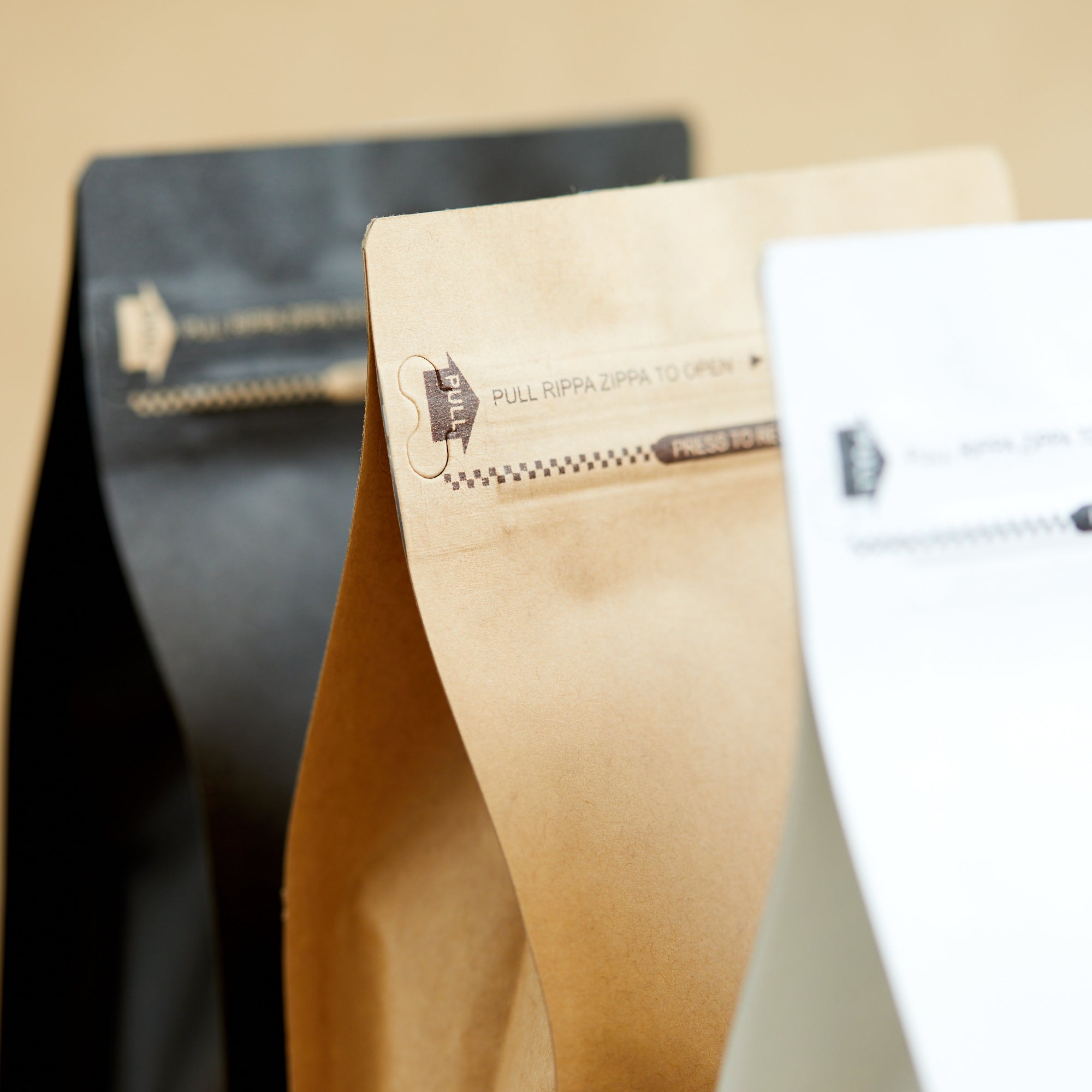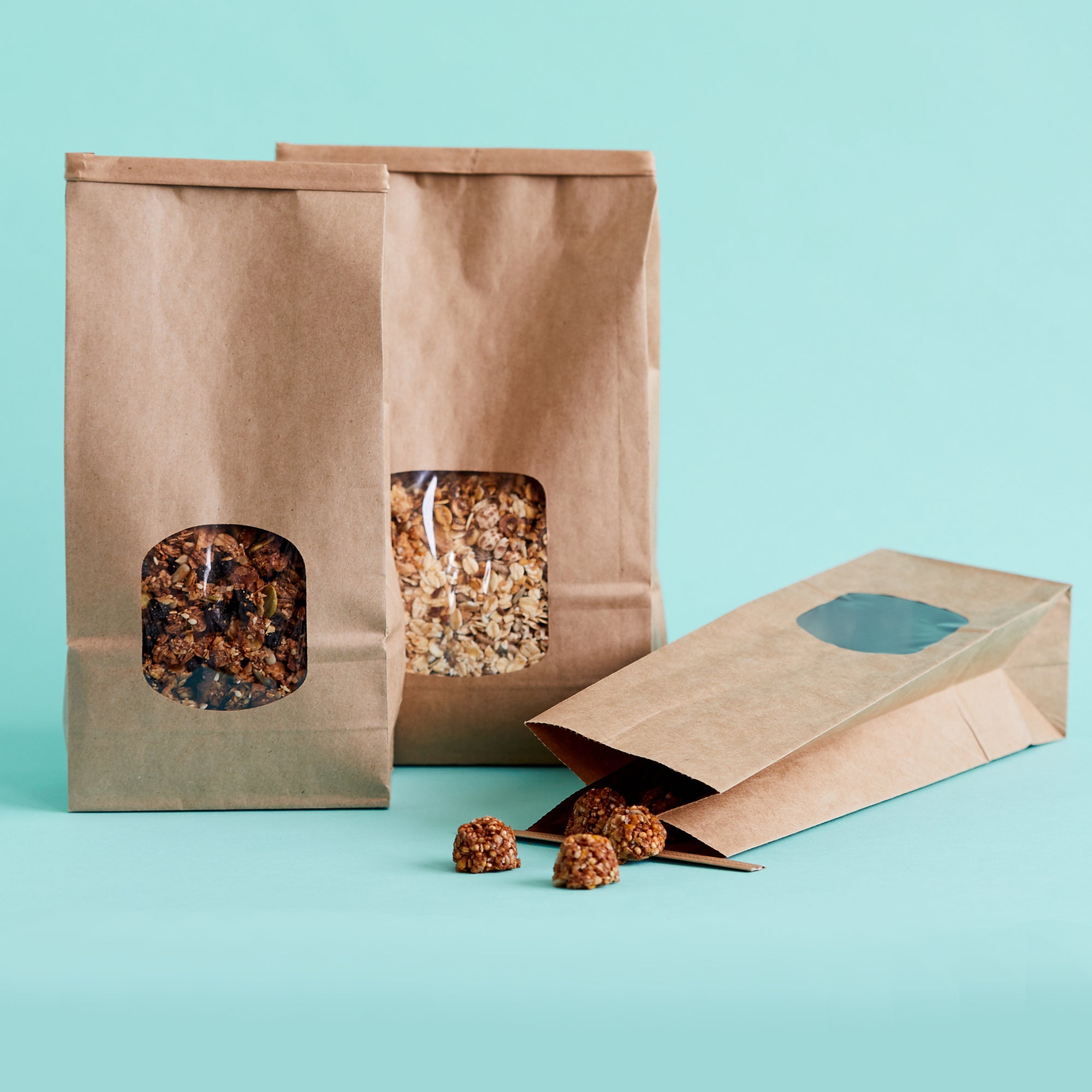Your product packaging is your premier salesman when it comes to getting your product off the shelf and into your customers’ hands. It needs to stand out from the competition and be appealing enough to make a connection with your customer. The Packaging People looks at the psychological effects of product packaging on customer sales.
The Effect of the Message
For a customer looking for a specific product, your package needs to clearly identify the product and give an impression of what is inside the packet through the appearance, shape, text, or imagery. If there is an expectation for the product, then the packaging must meet it or exceed it, or it may disappoint the customer and be rejected. If for instance, a product is a premium product, then the packaging must express the idea of quality. In another scenario, if the outside packaging misrepresents the contents and the customer buys it, then you may create an impression with the customer that the packaging was deliberately misleading. This may reflect poorly on your brand.
The Effect of Consistent Branding
Text: Brand awareness can be highly effective for companies who have, or wish to develop, a loyal customer following. A brand connects the product with the values of the company that makes it. Also, if a customer tries one product of a particular brand and likes it, they may develop a trust for the brand and buy other products by the same company. Branding requires a company logo printed on the packaging and a consistent design aesthetic to be the most effective. If a brand expresses certain values such as environmental responsibility, the packaging should be eco-friendly to reflect it.
The Effect of Colour
Colours may have psychological associations with human memory and emotion that can be used to make product packaging more appealing.
- Red is a passionate, stimulating colour that is frequently used to sell food products.
- Yellow is instantly recognisable, stimulating, and perceived to be a happy colour.
- Blue is perceived as dependable, but less effective for selling food unless it is a cold food like ice cream.
- Green is often perceived as fresh, natural, or calming and may represent environmental sustainability.
- Brown is seen to represent earthiness and wholesomeness.
- Black seems to represent sophistication, luxury and is often partnered with quality in customer’s minds.
- White is representative of purity and freshness.
- A transparent packaging reflects trustworthiness and may result in more purchases as a result.
The Effect of Shapes
The shape of the package sometimes appeals to different segments of customers. Curved, softer edged packaging is marketed towards women. Alternatively, harder edged product shapes may appeal more to men. Some shapes also become associated with certain products, for example coffee beans in bags or pouches.
The Effect of Practical Form and Function
Packaging should be combined with practicality. Customers may turn away from products with inconvenient and inappropriate packaging that makes the product awkward to use. Functional additions to packaging such as zippers for resealing fresh products and transportable packaging have been shown to have an influence on customer purchasing decisions.
To create your own branded product packaging to assist your product sales, contact The Packaging People.



